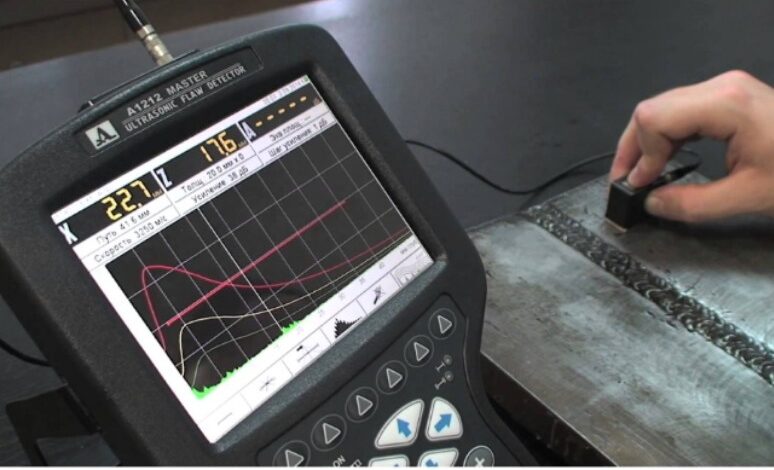The Ultimate Checklist for Securing an Electrical Certificate

When it comes to electrical installations, safety and compliance are paramount. Whether you’re a homeowner, a landlord, or a business owner, ensuring your electrical systems meet regulatory standards is not just a legal requirement but also crucial for the safety of everyone involved. An electrical certificate, also known as an Electrical Installation Condition Report (EICR), is a document that confirms your electrical installations are safe and meet the necessary standards. Here’s a comprehensive checklist to guide you through the process of obtaining an Electrical certificate, ensuring all steps are covered thoroughly.
Understanding the Electrical Certificate
Before diving into the checklist, it’s essential to understand what an electrical certificate entails. This document is issued following an inspection and testing of the electrical installations within a property. It provides details on the condition of the installations, identifies any defects or deviations from standards, and outlines recommendations for remedial actions.
Checklist for Obtaining an Electrical Certificate
- Hire a Qualified Electrician
The first step is to engage a qualified electrician registered with a competent person scheme (CPS) or approved by the local authority. Ensure they have the necessary expertise to conduct inspections and issue electrical certificates compliant with current regulations.
- Schedule an Inspection
Arrange a convenient time for the electrician to conduct a thorough inspection of your electrical installations. This inspection will involve a visual assessment and testing using specialized equipment to check the integrity and safety of the wiring, sockets, switches, and other electrical components.
- Provide Access
Ensure the electrician has full access to all areas where electrical installations are present. This includes rooms, basements, attics, and outdoor spaces where applicable. Clearing obstacles and providing necessary keys or access codes facilitates a comprehensive inspection.
- Prepare Documentation
Gather documentation related to previous electrical work, such as installation certificates and maintenance records. This helps the electrician understand the history of your electrical installations and any previous issues that may need attention.
- Visual Inspection
During the inspection, the electrician will visually assess the condition of electrical installations. This includes checking for signs of wear and tear, damage, overheating, or non-compliance with current standards.
- Testing Procedures
Electrical testing involves using equipment to measure parameters such as insulation resistance, earth continuity, polarity, and circuit integrity. These tests ensure that electrical installations are functioning safely and efficiently.
- Identify Defects and Non-Compliance
If any defects or non-compliance issues are identified during the inspection and testing, they will be documented in the electrical certificate. Common issues include overloaded circuits, inadequate earthing, outdated wiring, and unsafe installations.
- Receive the Electrical Certificate
Once the inspection and testing are complete, and any necessary remedial work has been undertaken, the electrician will issue an electrical certificate. This document confirms that your electrical installations meet regulatory standards and are safe for use.
- Review Recommendations
The electrical certificate may include recommendations for further improvements or upgrades to enhance the safety and efficiency of your electrical installations. Consider implementing these recommendations to ensure continued compliance and safety.
- Retain and Display the Certificate
Keep the electrical certificate in a safe place for future reference. If you are a landlord or business owner, display the certificate prominently as required by regulations. This demonstrates compliance with electrical safety standards to tenants, employees, and authorities.
Conclusion
Securing an electrical certificate involves proactive steps to ensure the safety and compliance of your electrical installations. By following this checklist and working with qualified professionals, such as those at London Property Inspections, you can achieve peace of mind knowing that your electrical systems meet regulatory requirements and are safe for use. Remember, regular inspections and timely certifications are essential for maintaining electrical safety in homes, businesses, and other properties. Take action today to safeguard against potential hazards and ensure the longevity of your electrical installations.If you want to stay updated with posts like this, please follow us on STARTUP GUYS.



